
Foundations of nursing / Kim Cooper, Kelly Gosnell.
Material type: TextLanguage: English Language Publication details: St. Louis: Elsevier, c2023Edition: 9th EdDescription: xxxiii, 1367pages: illus (some color); 28 cmISBN: 9780323812030DDC classification: 610.73
TextLanguage: English Language Publication details: St. Louis: Elsevier, c2023Edition: 9th EdDescription: xxxiii, 1367pages: illus (some color); 28 cmISBN: 9780323812030DDC classification: 610.73
Contents:
Summary: "Foundations of Nursing was developed to educate the practical/vocational nursing student in the fundamentals of nursing required to care competently and safely for a wide variety of patients in various settings"--
Table of Contents
Unit I. Fundamentals of Nursing
1. The Evolution of Nursing
History of Nursing and Nursing Education
Care of the Sick During Early Civilization
Changes in Nursing During the 20th Century
Significant Changes in Nursing For the 21st Century
Development of Practical and Vocational Nursing
Contemporary Practical and Vocational Nursing Education
Career Advancement
Factors That Influenced Practical and Vocational Nursing
Licensure for Practical and Vocational Nursing
Health Care Delivery Systems
Delivery of Patient Care
Nursing Care Models
Contemporary Practical and Vocational Nursing Care
Practical and Vocational Nursing Defined
Objectives and Characteristics of Practical and Vocational Nursing Education
Roles and Responsibilities
2. Legal and Ethical Aspects of Nursing
Legal Aspects of Nursing
Ethical Aspects of Nursing
Conclusion
3. Documentation
Purposes of Patient Records
Electronic Health Record
ISBAR
Basic Guidelines For Documentation
Methods of Recording
Documentation and Clinical (Critical) Pathways
Home Health Care Documentation
Long-Term Health Care Documentation
Special Issues in Documentation
4. Communication
Overview of Communication
Styles of Communication
Establishing a Therapeutic Relationship
Communication Techniques
Factors That Affect Communication
Blocks To Communication
Nursing Process
Communication in Special Situations
Conclusion
5. Nursing Process and Critical Thinking
Assessment Data
Diagnosis
Goal Identification
Planning
Implementation
Evaluation
Standardized Languages: Nanda-I, NIC, and NOC
Role of the Licensed Practical/Vocational Nurse
Managed Care and Clinical Pathways
Critical Thinking
6. Cultural and Ethnic Considerations
Culture Defined
Culturally Related Assessments
Nursing Process and Cultural Factors
Cultural Practices of Specific Groups
Unit II. Fundamentals of Clinical Practice
7. Asepsis and Infection Control
Asepsis
Infection
Health Care–Associated Infections
Infection Prevention and Control Team
Standard Precautions
Isolation Technique
Surgical Asepsis
Cleaning, Disinfection, and Sterilization
Patient Teaching for Infection Prevention and Control
Infection Prevention and Control for Home and Hospice Settings
Nursing Process
8. Body Mechanics and Patient Mobility
Use of Appropriate Body Mechanics
Positioning Of Patients
Mobility Versus Immobility
Neurovascular Function
Performance of Range-of-Motion Exercises
Moving the Patient
Nursing Process for Patient Mobility
9. Hygiene and Care of the Patient’s Environment
Patient’s Room Environment
Bathing
Components of the Patient’s Hygiene
Nursing Process for Hygiene
10. Safety
Safety in The Hospital or Health Care Environment
Workplace Safety
Fire Safety
Accidental Poisoning
Disaster Planning
Terrorism
Nursing Process For Patient Safety
11. Admission, Transfer, and Discharge
Common Patient Reactions To Admission To A Health Care Facility
Cultural Considerations For The Hospitalized Patient Or Long-Term Care Resident
Admitting a Patient
Nursing Process for Patient Admission
Transferring A Patient
Nursing Process For Patient Transfer
Discharging A Patient
Referrals for Health Care Services
Nursing Process for Patient Discharge
Unit III. Introduction to Nursing Interventions
12. Vital Signs
Guidelines for Obtaining Vital Signs
Temperature
Auscultating With the Stethoscope
Pulse
Respiration
Blood Pressure
Pulse Oximetry
Nursing Process
Implementation
13. Physical Assessment
Signs and Symptoms
Disease and Diagnosis
Assessment
14. Oxygenation
Standard Steps In Selected Skills
Skills for Respiratory Disorders
15. Elimination and Gastric Intubation
Standard Steps in Selected Skills
Skills For Urinary Tract Procedures
Skills for Gastrointestinal Procedures
16. Care of Patients Experiencing Urgent Alterations in Health
Obtaining Medical Emergency Aid
Moral and Legal Responsibilities of the Nurse
Assessment of the Emergency Situation
Cardiopulmonary Resuscitation
Procedures to Manage Airway Obstruction by a Foreign Body
Shock
Bleeding and Hemorrhage
Wounds and Trauma
Poisons
Drug and Alcohol Emergencies
Thermal and Cold Emergencies
Bone, Joint, and Muscle Injuries
Burn Injuries
Nursing Process
17. Dosage Calculation and Medication Administration
Mathematics and Dosage Calculation Review
Mathematics Review And Principles
18. Fluids and Electrolytes
Fluids (Water)
Fluid Compartments
Intake and Output
Movement of Fluid and Electrolytes
Passive Transport
Active Transport
Acid-Base Balance
Types of Acid-Base Imbalance
Intravenous Therapy
Blood Transfusion Therapy
Nursing Process
19. Nutritional Concepts and Related Therapies
Role of the Nurse In Promoting Nutrition
Basic Nutrition
Life Cycle Nutrition
Medical Nutrition Therapy and Therapeutic Diets
Nutritional Support
20. Complementary, Integrative, and Alternative Therapies
Herbal Therapy
Chiropractic Therapy
Acupuncture And Acupressure
Healing Touch, Therapeutic Touch, And Reiki
Therapeutic Massage
Aromatherapy
Reflexology
Magnet Therapy
Imagery
Relaxation Therapy
Animal-Assisted Therapy
Yoga
Taiji
Biofeedback
Marijuana And Cannabinoids
Trends In Integrative Medicine And The Nursing Role
21. Pain Management, Comfort, Rest, and Sleep
Pain
Sleep and Rest
Nursing Process for Pain Management, Comfort, Rest, and Sleep
22. Surgical Wound Care
Wound Classification
Wound Healing
Surgical Wound
Standard Steps in Wound Care
Care of the Incision
Complications of Wound Healing
Staple and Suture Removal
Exudate and Drainage
Bandages and Binders
Nursing Process
23. Specimen Collection and Diagnostic Testing
Diagnostic Examination
Specimen Collection
Electrocardiography
Nursing Process For Specimen Collection And Diagnostic Testing
Unit IV. Nursing Care Across the Lifespan
24. Lifespan Development
Health Promotion Across The Lifespan
Growth And Development
Family
Stages of Growth And Development
25. Loss, Grief, Dying, and Death
Changes In Health Care Related To Dying And Death
Historical Overview
Grief
Nursing Process In Loss And Grief
Special Supportive Care
Issues Related To Dying And Death
Dying Patient
Grieving Family
26. Health Promotion and Pregnancy
Physiology of Pregnancy
Maternal Physiology
Antepartal Assessment
Determination of Pregnancy
Antepartal Care
Preparation for Childbirth
Nursing Process for Normal Pregnancy
27. Labor and Delivery
Birth Planning
Normal Labor
Labor and Delivery
Nursing Assessment and Interventions
Nursing Process for Normal Labor
Medical Interventions
28. Care of the Mother and Newborn
Anatomic and Physiologic Changes of the Mother
Transfer from the Recovery Area
Nursing Assessment of and Interventions for the Mother
Maintenance of Safety
Psychosocial Assessment
Nursing Process for the Postpartum Mother
Anatomy And Physiology of the Healthy Newborn
Nursing Assessment and Interventions for the Newborn
29. Care of the High-Risk Mother, Newborn, and Family With Special Needs
Complications of Pregnancy
Bleeding Disorders
Complications Related to Infection
Complications Related to Existing Medical Conditions
Complications Related to Age
Adoption
Contraception
Postpartum Thrombophlebitis
Complications Related to the Newborn
Complications Related to Postpartum Mental Health Disorders
Nursing Process for the Mother and Newborn at Risk
30. Health Promotion for the Infant, Child, and Adolescent
Key Health Promotion Topics for Children
Dental Health
Injury Prevention
31. Basic Pediatric Nursing Care
History of Child Care: Then and Now
Pediatric Nursing
Physical Assessment of the Pediatric Patient
Factors that Influence Growth and Development
Child Maltreatment
Hospitalization of a Child
Common Pediatric Procedures
Safety
32. Care of the Child With a Physical and Mental or Cognitive Disorder
Physical Disorders
Cognitive Disorders
33. Health Promotion and Care of the Older Adult
Health And Wellness In The Aging Adult
Healthy Aging
Psychosocial Concerns Of The Older Adult
Aging Body
Safety And Security Issues For Older Adults
Continuum Of Older Adult Care
Unit V. Fundamentals of Mental Health Nursing
34. Concepts of Mental Health
Historical Overview
Basic Concepts Related to Mental Health
How Illness Affects Mental Health
Crisis
Application of the Nursing Process
35. Care of the Patient With a Psychiatric Disorder
Types of Psychiatric Disorders
Treatment Methods
Application of the Nursing Process
36. Care of the Patient With an Addictive Personality
Addiction
Stages of Dependence
Alcohol Abuse and Alcoholism
Drug Abuse
Chemically Impaired Nurses
Unit VI. Fundamentals of Community Health Nursing
37. Home Health Nursing
Home Health Care Defined
Historical Overview
Types of Home Care Agencies
Changes In Home Health Care
Service Components
Typical Home Health Process
Quality Assurance, Assessment, And Improvement
Reimbursement Sources
Cultural Considerations
Nursing Process For Home Health Care
Conclusion
38. Long-Term Care
Settings for Long-Term Care
Safety Issues in the Long-Term Care Setting
Nursing Process
39. Rehabilitation Nursing
Need for Rehabilitation
Chronic Illness and Disability
Scope of Individuals Requiring Rehabilitation
Goals of Rehabilitation
Cornerstones of Rehabilitation
Comprehensive Rehabilitation Plan
Rehabilitation Team
Family and Family-Centered Care
Cross-Cultural Rehabilitation
Issues in Rehabilitation
Chronic Conditions Necessitating Rehabilitation Therapy
Polytrauma and Rehabilitation Nursing
Disability
Pediatric Rehabilitation Nursing
Gerontologic Rehabilitation Nursing
Conclusion
40. Hospice Care
Historical Overview
Palliative Versus Curative Care
Criteria For Admission To Hospice
Goals of Hospice
Interdisciplinary Team
Palliative Care/Hospice
Patient And Caregiver Teaching
Ethical Issues In Hospice Care
Future of Hospice Care
Unit VII. From Graduate to Professional
41. Professional Roles and Leadership
Functioning as a Graduate
Transition From Student to Graduate
Licensure Examination
Next Generation Nclex
Nurse Practice Acts
State Board of Nursing
Mentoring and Networking
Career Opportunities
Leadership and Management
Malpractice Insurance
Appendixes
Appendix A. Abbreviations
Appendix B. Laboratory Reference Values
References
Glossary
Index
Cooper-Gosnell Patient Problem Statements
| Item type | Home library | Collection | Call number | Copy number | Status | Date due | Barcode | Item holds |
|---|---|---|---|---|---|---|---|---|
 Books
Books
|
Prince Sultan Military College of Health Sciences, Library | Nursing | 610.73 C29 (Browse shelf (Opens below)) | 1 | Available | 0000000028136 | ||
 Books
Books
|
Prince Sultan Military College of Health Sciences, Library | Nursing | 610.73 C29 (Browse shelf (Opens below)) | 2 | Available | 0000000028137 | ||
 Books
Books
|
Prince Sultan Military College of Health Sciences, Library | Nursing | 610.73 C29 (Browse shelf (Opens below)) | 3 | Available | 0000000028138 | ||
 Books
Books
|
Prince Sultan Military College of Health Sciences, Library | Nursing | 610.73 C29 (Browse shelf (Opens below)) | 4 | Available | 0000000028139 | ||
 Books
Books
|
Prince Sultan Military College of Health Sciences, Library | Nursing | 610.73 C29 (Browse shelf (Opens below)) | 5 | Available | 0000000028140 |
Total holds: 0
Table of Contents
Unit I. Fundamentals of Nursing
1. The Evolution of Nursing
History of Nursing and Nursing Education
Care of the Sick During Early Civilization
Changes in Nursing During the 20th Century
Significant Changes in Nursing For the 21st Century
Development of Practical and Vocational Nursing
Contemporary Practical and Vocational Nursing Education
Career Advancement
Factors That Influenced Practical and Vocational Nursing
Licensure for Practical and Vocational Nursing
Health Care Delivery Systems
Delivery of Patient Care
Nursing Care Models
Contemporary Practical and Vocational Nursing Care
Practical and Vocational Nursing Defined
Objectives and Characteristics of Practical and Vocational Nursing Education
Roles and Responsibilities
2. Legal and Ethical Aspects of Nursing
Legal Aspects of Nursing
Ethical Aspects of Nursing
Conclusion
3. Documentation
Purposes of Patient Records
Electronic Health Record
ISBAR
Basic Guidelines For Documentation
Methods of Recording
Documentation and Clinical (Critical) Pathways
Home Health Care Documentation
Long-Term Health Care Documentation
Special Issues in Documentation
4. Communication
Overview of Communication
Styles of Communication
Establishing a Therapeutic Relationship
Communication Techniques
Factors That Affect Communication
Blocks To Communication
Nursing Process
Communication in Special Situations
Conclusion
5. Nursing Process and Critical Thinking
Assessment Data
Diagnosis
Goal Identification
Planning
Implementation
Evaluation
Standardized Languages: Nanda-I, NIC, and NOC
Role of the Licensed Practical/Vocational Nurse
Managed Care and Clinical Pathways
Critical Thinking
6. Cultural and Ethnic Considerations
Culture Defined
Culturally Related Assessments
Nursing Process and Cultural Factors
Cultural Practices of Specific Groups
Unit II. Fundamentals of Clinical Practice
7. Asepsis and Infection Control
Asepsis
Infection
Health Care–Associated Infections
Infection Prevention and Control Team
Standard Precautions
Isolation Technique
Surgical Asepsis
Cleaning, Disinfection, and Sterilization
Patient Teaching for Infection Prevention and Control
Infection Prevention and Control for Home and Hospice Settings
Nursing Process
8. Body Mechanics and Patient Mobility
Use of Appropriate Body Mechanics
Positioning Of Patients
Mobility Versus Immobility
Neurovascular Function
Performance of Range-of-Motion Exercises
Moving the Patient
Nursing Process for Patient Mobility
9. Hygiene and Care of the Patient’s Environment
Patient’s Room Environment
Bathing
Components of the Patient’s Hygiene
Nursing Process for Hygiene
10. Safety
Safety in The Hospital or Health Care Environment
Workplace Safety
Fire Safety
Accidental Poisoning
Disaster Planning
Terrorism
Nursing Process For Patient Safety
11. Admission, Transfer, and Discharge
Common Patient Reactions To Admission To A Health Care Facility
Cultural Considerations For The Hospitalized Patient Or Long-Term Care Resident
Admitting a Patient
Nursing Process for Patient Admission
Transferring A Patient
Nursing Process For Patient Transfer
Discharging A Patient
Referrals for Health Care Services
Nursing Process for Patient Discharge
Unit III. Introduction to Nursing Interventions
12. Vital Signs
Guidelines for Obtaining Vital Signs
Temperature
Auscultating With the Stethoscope
Pulse
Respiration
Blood Pressure
Pulse Oximetry
Nursing Process
Implementation
13. Physical Assessment
Signs and Symptoms
Disease and Diagnosis
Assessment
14. Oxygenation
Standard Steps In Selected Skills
Skills for Respiratory Disorders
15. Elimination and Gastric Intubation
Standard Steps in Selected Skills
Skills For Urinary Tract Procedures
Skills for Gastrointestinal Procedures
16. Care of Patients Experiencing Urgent Alterations in Health
Obtaining Medical Emergency Aid
Moral and Legal Responsibilities of the Nurse
Assessment of the Emergency Situation
Cardiopulmonary Resuscitation
Procedures to Manage Airway Obstruction by a Foreign Body
Shock
Bleeding and Hemorrhage
Wounds and Trauma
Poisons
Drug and Alcohol Emergencies
Thermal and Cold Emergencies
Bone, Joint, and Muscle Injuries
Burn Injuries
Nursing Process
17. Dosage Calculation and Medication Administration
Mathematics and Dosage Calculation Review
Mathematics Review And Principles
18. Fluids and Electrolytes
Fluids (Water)
Fluid Compartments
Intake and Output
Movement of Fluid and Electrolytes
Passive Transport
Active Transport
Acid-Base Balance
Types of Acid-Base Imbalance
Intravenous Therapy
Blood Transfusion Therapy
Nursing Process
19. Nutritional Concepts and Related Therapies
Role of the Nurse In Promoting Nutrition
Basic Nutrition
Life Cycle Nutrition
Medical Nutrition Therapy and Therapeutic Diets
Nutritional Support
20. Complementary, Integrative, and Alternative Therapies
Herbal Therapy
Chiropractic Therapy
Acupuncture And Acupressure
Healing Touch, Therapeutic Touch, And Reiki
Therapeutic Massage
Aromatherapy
Reflexology
Magnet Therapy
Imagery
Relaxation Therapy
Animal-Assisted Therapy
Yoga
Taiji
Biofeedback
Marijuana And Cannabinoids
Trends In Integrative Medicine And The Nursing Role
21. Pain Management, Comfort, Rest, and Sleep
Pain
Sleep and Rest
Nursing Process for Pain Management, Comfort, Rest, and Sleep
22. Surgical Wound Care
Wound Classification
Wound Healing
Surgical Wound
Standard Steps in Wound Care
Care of the Incision
Complications of Wound Healing
Staple and Suture Removal
Exudate and Drainage
Bandages and Binders
Nursing Process
23. Specimen Collection and Diagnostic Testing
Diagnostic Examination
Specimen Collection
Electrocardiography
Nursing Process For Specimen Collection And Diagnostic Testing
Unit IV. Nursing Care Across the Lifespan
24. Lifespan Development
Health Promotion Across The Lifespan
Growth And Development
Family
Stages of Growth And Development
25. Loss, Grief, Dying, and Death
Changes In Health Care Related To Dying And Death
Historical Overview
Grief
Nursing Process In Loss And Grief
Special Supportive Care
Issues Related To Dying And Death
Dying Patient
Grieving Family
26. Health Promotion and Pregnancy
Physiology of Pregnancy
Maternal Physiology
Antepartal Assessment
Determination of Pregnancy
Antepartal Care
Preparation for Childbirth
Nursing Process for Normal Pregnancy
27. Labor and Delivery
Birth Planning
Normal Labor
Labor and Delivery
Nursing Assessment and Interventions
Nursing Process for Normal Labor
Medical Interventions
28. Care of the Mother and Newborn
Anatomic and Physiologic Changes of the Mother
Transfer from the Recovery Area
Nursing Assessment of and Interventions for the Mother
Maintenance of Safety
Psychosocial Assessment
Nursing Process for the Postpartum Mother
Anatomy And Physiology of the Healthy Newborn
Nursing Assessment and Interventions for the Newborn
29. Care of the High-Risk Mother, Newborn, and Family With Special Needs
Complications of Pregnancy
Bleeding Disorders
Complications Related to Infection
Complications Related to Existing Medical Conditions
Complications Related to Age
Adoption
Contraception
Postpartum Thrombophlebitis
Complications Related to the Newborn
Complications Related to Postpartum Mental Health Disorders
Nursing Process for the Mother and Newborn at Risk
30. Health Promotion for the Infant, Child, and Adolescent
Key Health Promotion Topics for Children
Dental Health
Injury Prevention
31. Basic Pediatric Nursing Care
History of Child Care: Then and Now
Pediatric Nursing
Physical Assessment of the Pediatric Patient
Factors that Influence Growth and Development
Child Maltreatment
Hospitalization of a Child
Common Pediatric Procedures
Safety
32. Care of the Child With a Physical and Mental or Cognitive Disorder
Physical Disorders
Cognitive Disorders
33. Health Promotion and Care of the Older Adult
Health And Wellness In The Aging Adult
Healthy Aging
Psychosocial Concerns Of The Older Adult
Aging Body
Safety And Security Issues For Older Adults
Continuum Of Older Adult Care
Unit V. Fundamentals of Mental Health Nursing
34. Concepts of Mental Health
Historical Overview
Basic Concepts Related to Mental Health
How Illness Affects Mental Health
Crisis
Application of the Nursing Process
35. Care of the Patient With a Psychiatric Disorder
Types of Psychiatric Disorders
Treatment Methods
Application of the Nursing Process
36. Care of the Patient With an Addictive Personality
Addiction
Stages of Dependence
Alcohol Abuse and Alcoholism
Drug Abuse
Chemically Impaired Nurses
Unit VI. Fundamentals of Community Health Nursing
37. Home Health Nursing
Home Health Care Defined
Historical Overview
Types of Home Care Agencies
Changes In Home Health Care
Service Components
Typical Home Health Process
Quality Assurance, Assessment, And Improvement
Reimbursement Sources
Cultural Considerations
Nursing Process For Home Health Care
Conclusion
38. Long-Term Care
Settings for Long-Term Care
Safety Issues in the Long-Term Care Setting
Nursing Process
39. Rehabilitation Nursing
Need for Rehabilitation
Chronic Illness and Disability
Scope of Individuals Requiring Rehabilitation
Goals of Rehabilitation
Cornerstones of Rehabilitation
Comprehensive Rehabilitation Plan
Rehabilitation Team
Family and Family-Centered Care
Cross-Cultural Rehabilitation
Issues in Rehabilitation
Chronic Conditions Necessitating Rehabilitation Therapy
Polytrauma and Rehabilitation Nursing
Disability
Pediatric Rehabilitation Nursing
Gerontologic Rehabilitation Nursing
Conclusion
40. Hospice Care
Historical Overview
Palliative Versus Curative Care
Criteria For Admission To Hospice
Goals of Hospice
Interdisciplinary Team
Palliative Care/Hospice
Patient And Caregiver Teaching
Ethical Issues In Hospice Care
Future of Hospice Care
Unit VII. From Graduate to Professional
41. Professional Roles and Leadership
Functioning as a Graduate
Transition From Student to Graduate
Licensure Examination
Next Generation Nclex
Nurse Practice Acts
State Board of Nursing
Mentoring and Networking
Career Opportunities
Leadership and Management
Malpractice Insurance
Appendixes
Appendix A. Abbreviations
Appendix B. Laboratory Reference Values
References
Glossary
Index
Cooper-Gosnell Patient Problem Statements
"Foundations of Nursing was developed to educate the practical/vocational nursing student in the fundamentals of nursing required to care competently and safely for a wide variety of patients in various settings"--
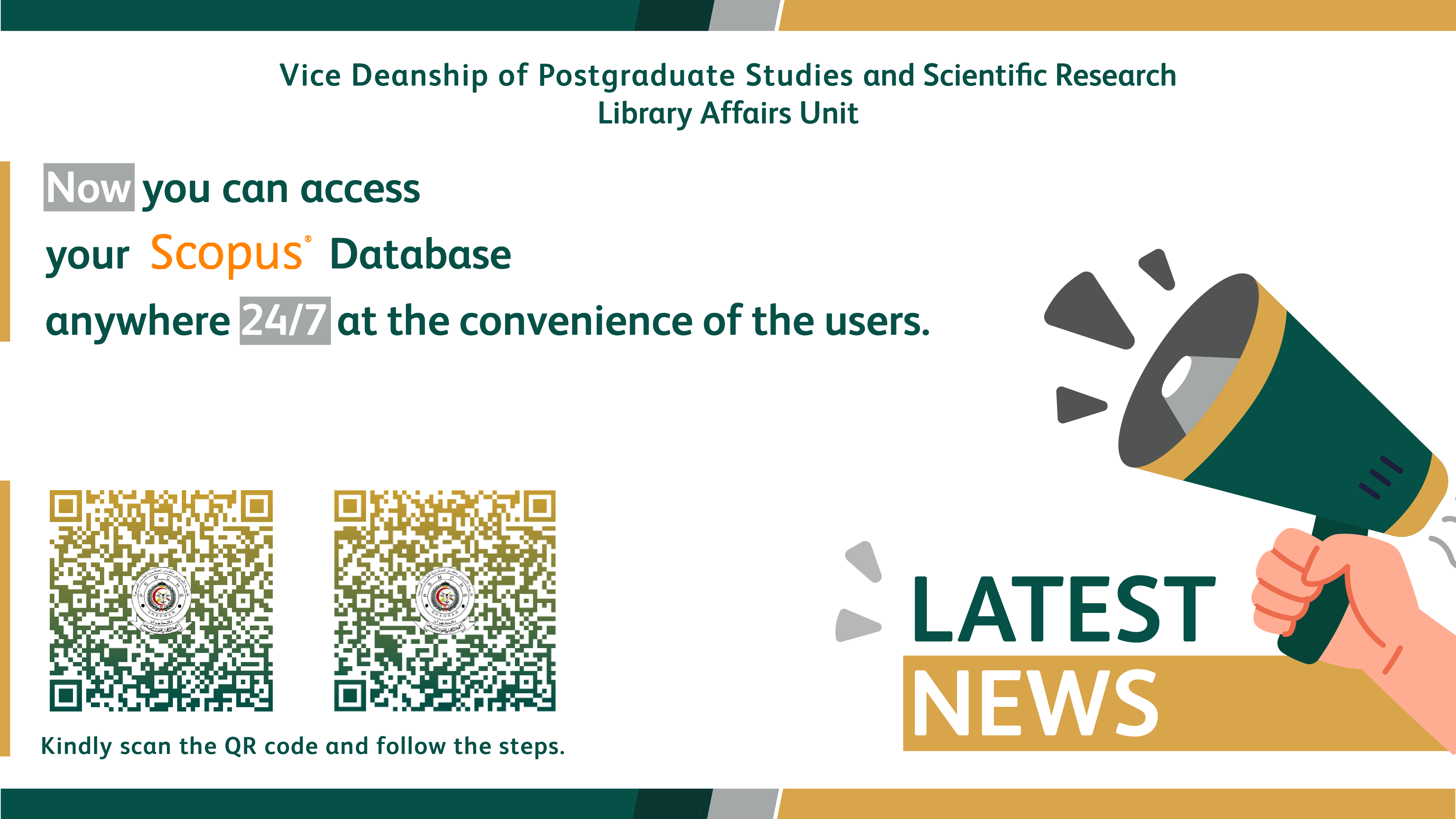
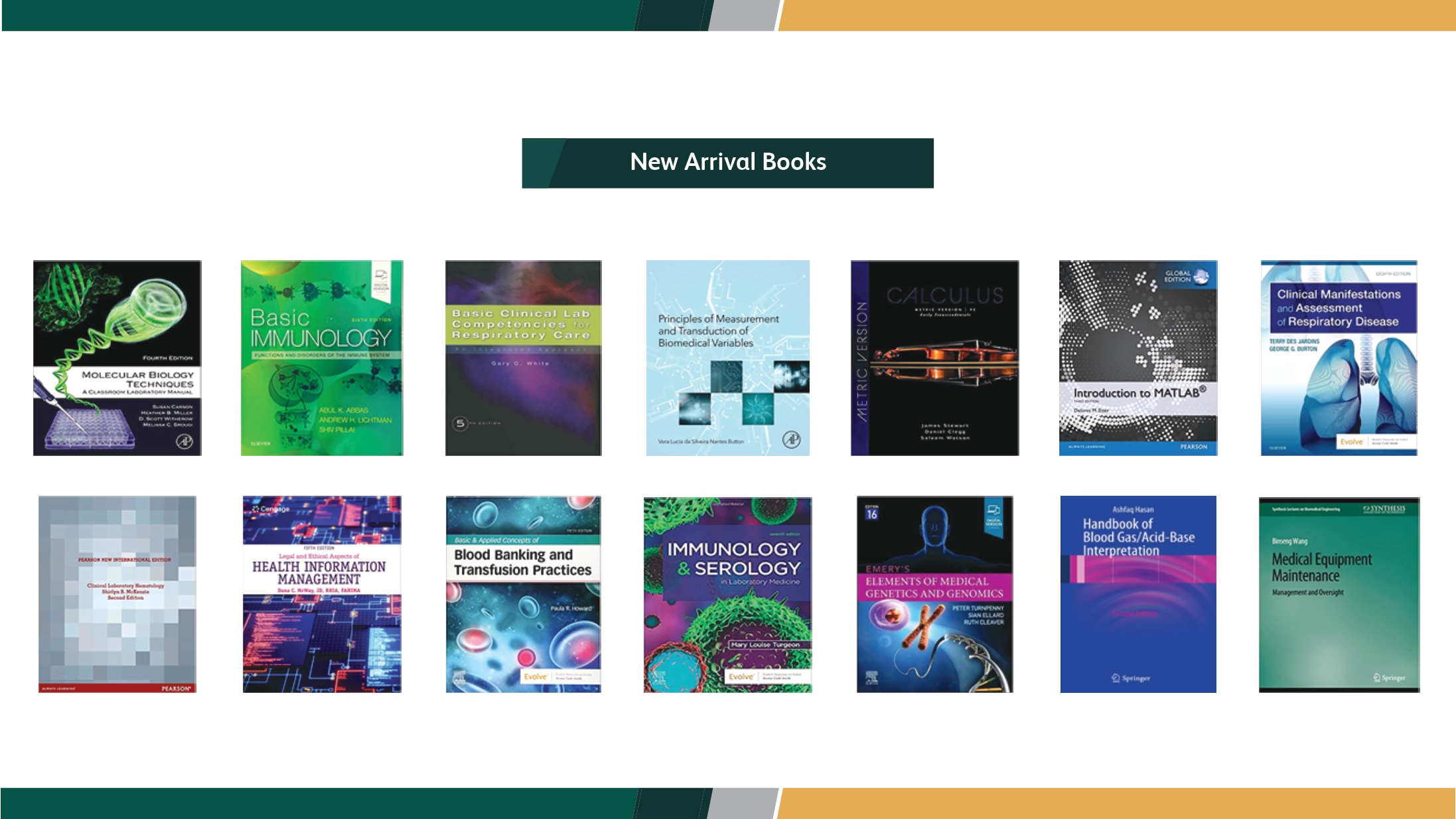
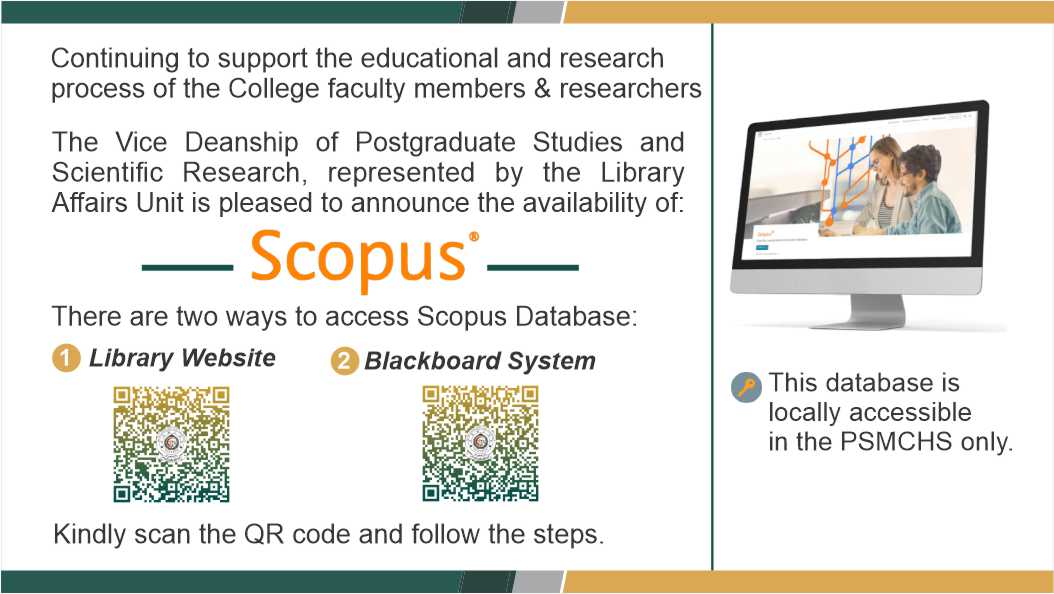
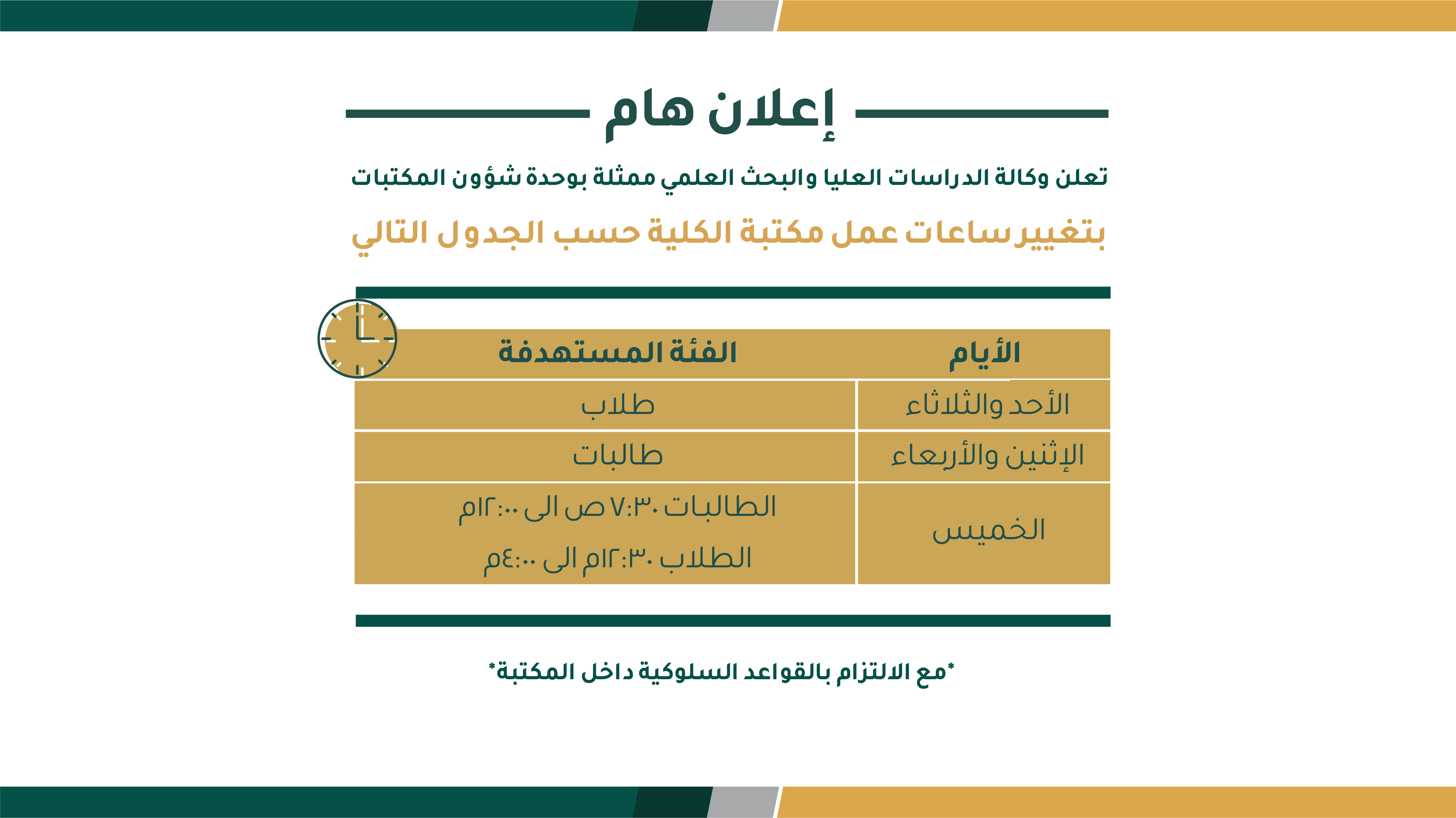
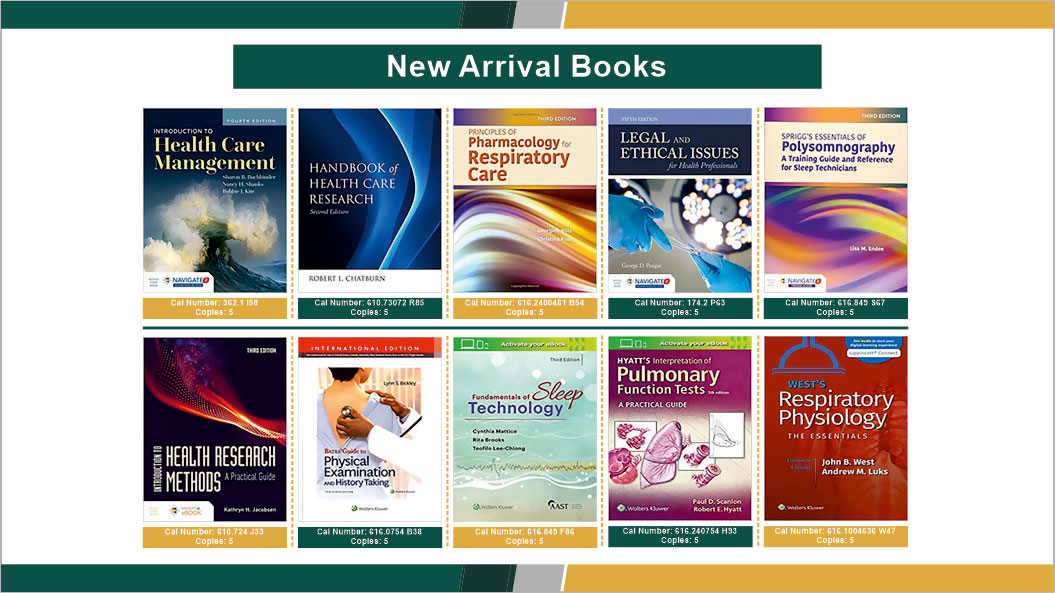
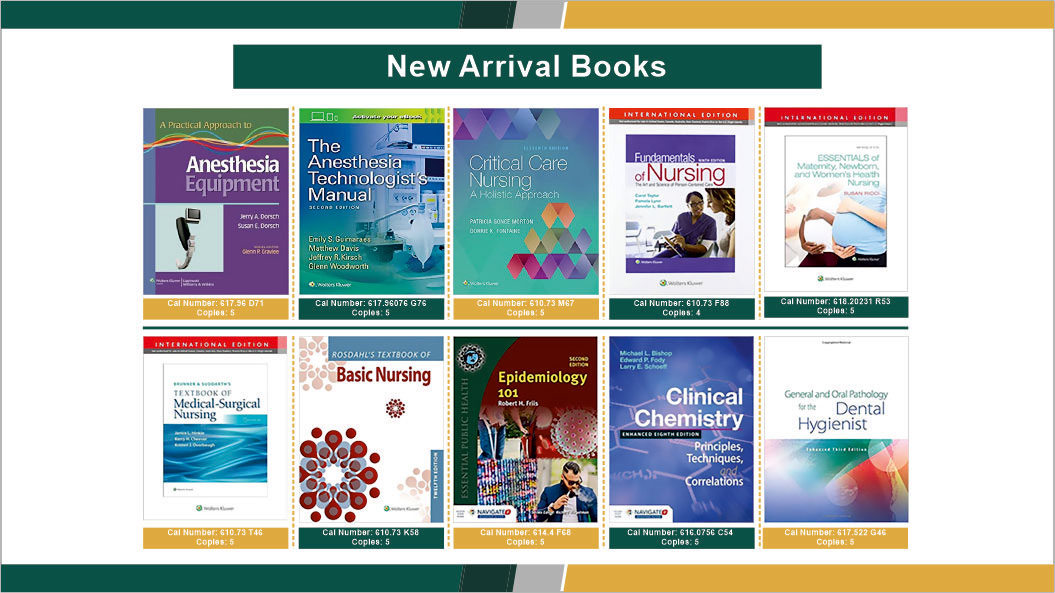
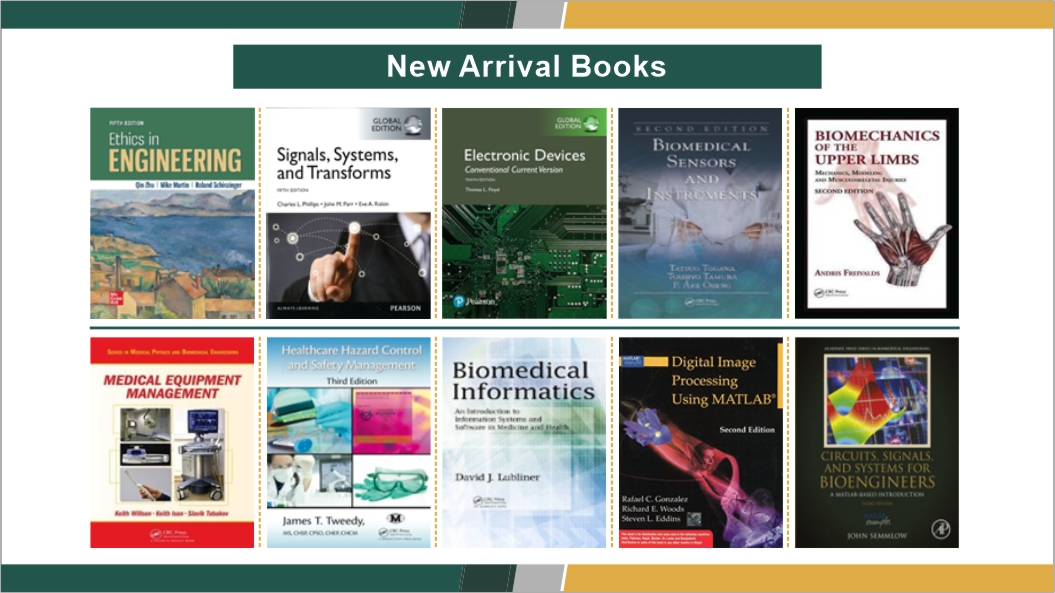
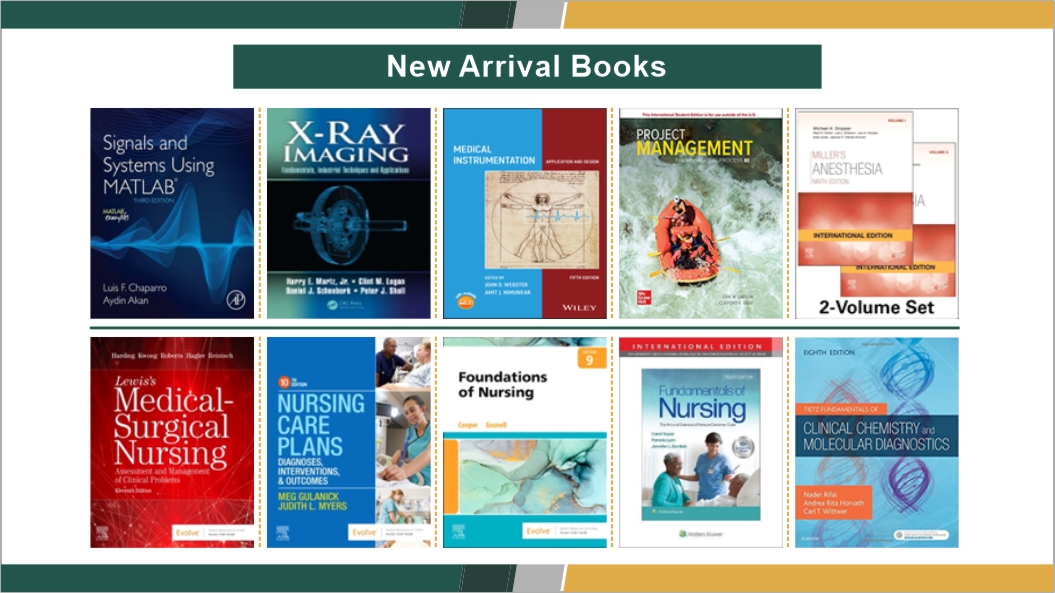
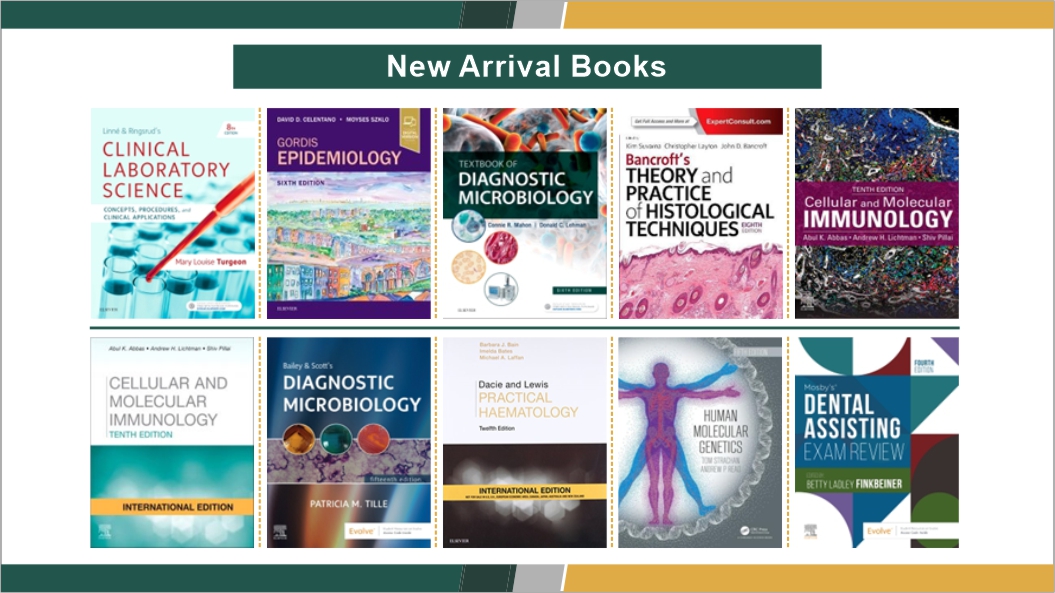
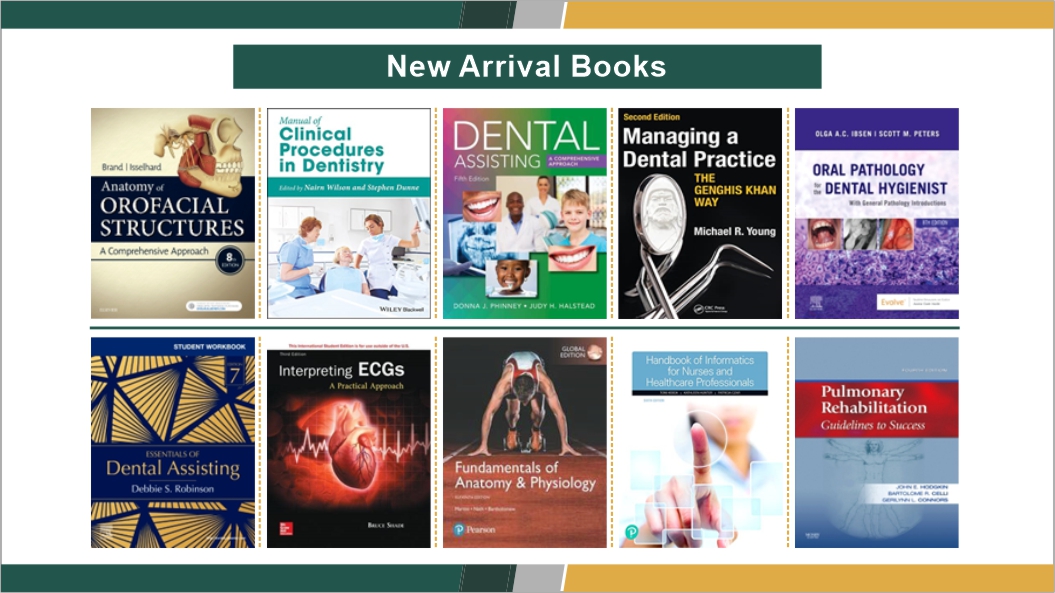
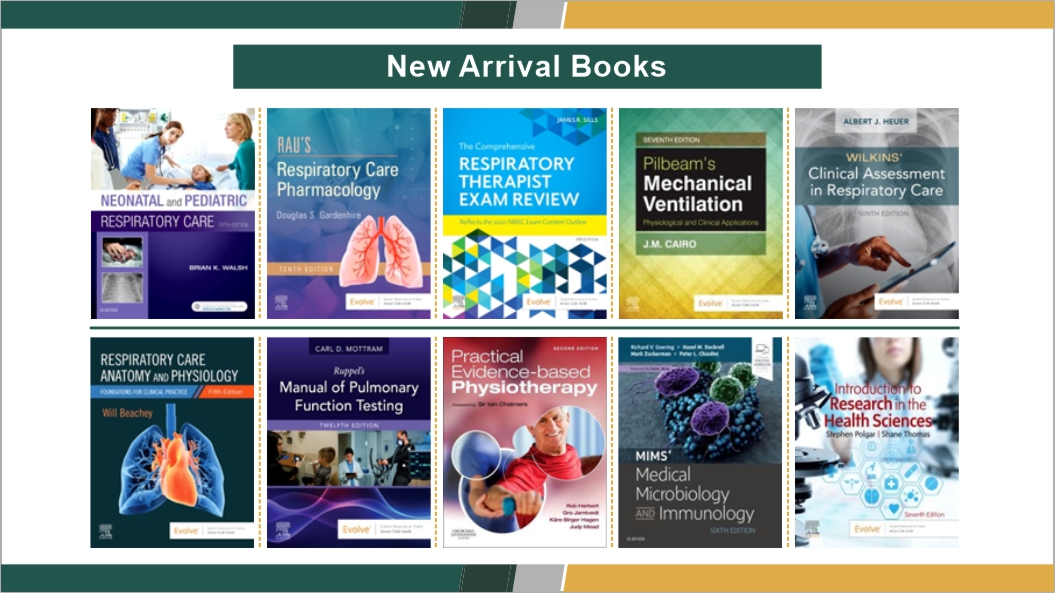
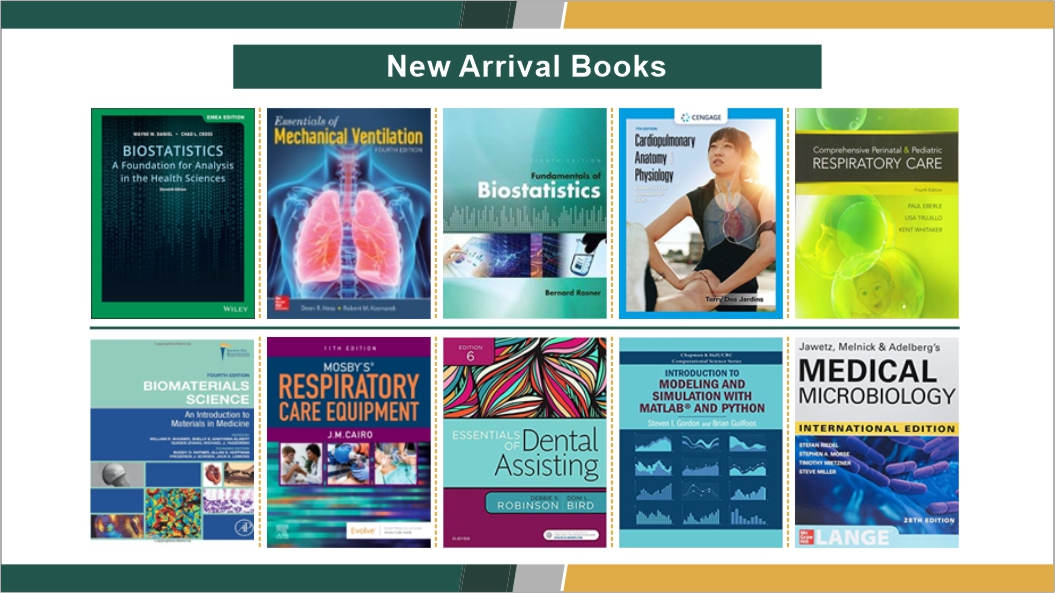
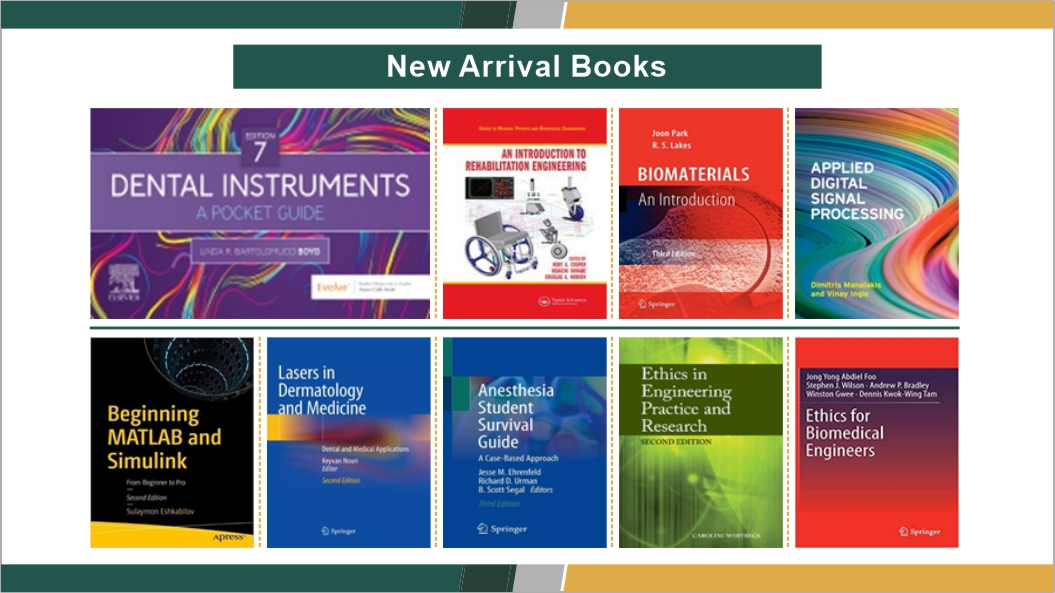
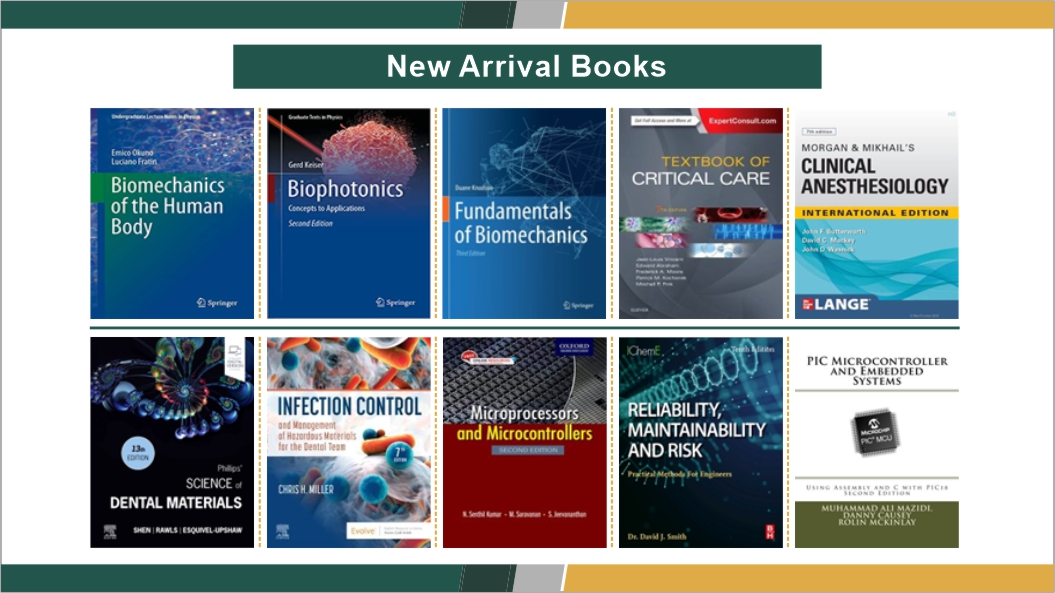
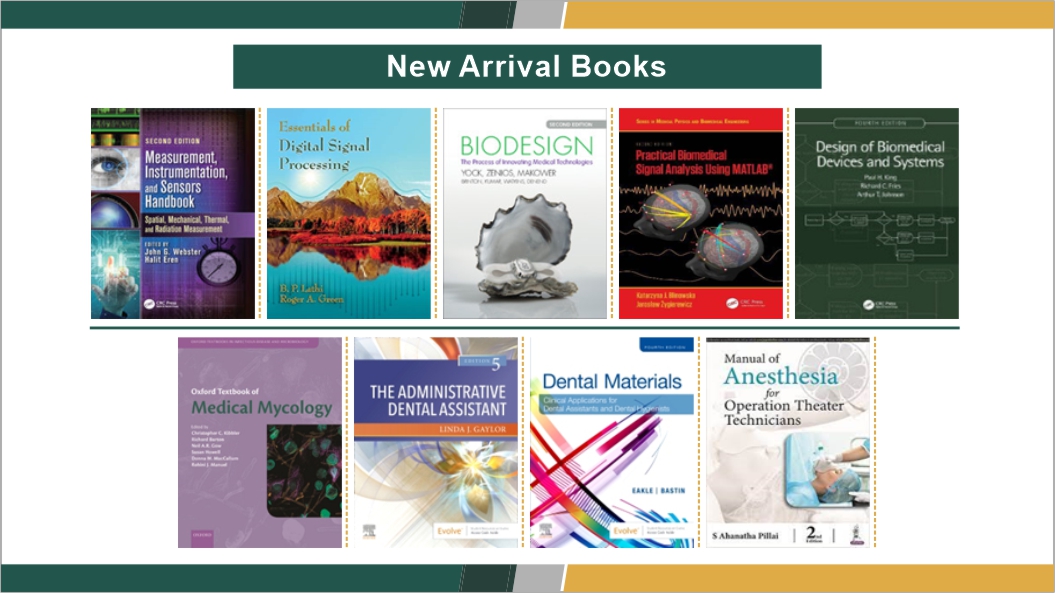

There are no comments on this title.